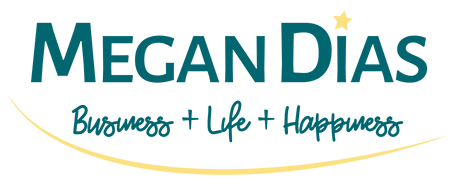Some of my earliest memories are of sitting on my father’s lap as he rocked slowly in his rocking chair, reading aloud to us kids.
His repertoire was extensive and a bit eclectic. He’d read children’s classics like Where the Wild Things Are, The Adventures of Frog and Toad, and our family’s favorite “Custard the Dragon.” Then, he’d pull out his giant anthology of poetry and share poems like Robert Frost’s “Stopping by Wood’s on a Snowy Evening,” Longfellow’s “Paul Revere’s Ride,” and the oh so appropriate for young children, “Cremation of Sam Mcgee” by Robert Service.
Our house always echoed with music that told stories of American history and our Irish heritage. And when music wasn’t playing, we all listened to recordings of my father’s favorite series by Bernard Cornwell, following the roguish Richard Sharpe on his escapades in the British Army during the Napoleonic wars.
Every member of my family looked forward to rare trips to local second-hand book stores. We’d pile our spoils high and each escape into worlds created within the chapters of our books.
Long car rides, horseback rides, or cross country ski adventures were an opportunity to stretch our creative muscles, a chance to craft and tell stories of our own to pass the time.
In our family, stories had power.
They could transport us from anywhere we were to a new reality. They allowed us to think, feel, and understand things in new ways and shaped the way we perceived the world.
Now, it probably comes as no surprise that I’m still completely fascinated by the power of stories. I’ve gone on to read article after article and book after book about the power of narrative, and what I’ve learned is that science supports my experiences with story.

It turns out that stories are central to how we create meaning, how we make sense of ourselves, and how we relate to the world around us.
They help us shape our perspective and better understand the perspective of others. They are a way to share knowledge, experiences, and even feelings.
Research shows that a good story, one that engages your audience, can activate the same parts of the brain that would be enabled if you were the one experiencing what was happening. You imagine yourself right there in the story, vicariously experiencing what is happening.
Stories can even trigger the release of cortisol, dopamine, and oxytocin—creating an emotional connection where you feel empathy, joy, or even excitement along with the story.
Because of this, one of the most powerful ways to uplevel your brand, to show up at your best, to create meaningful connections with your audience—is through story. A powerful narrative, one that is authentic to you and your brand can help your audience connect to your brand. Stories can help you simplify your messaging or the information you are trying to share by making it relatable. They can even help your brand stand out and become more memorable by evoking emotions—it’s easy to forget the details of what is said, but it’s not as easy to forget how a story made you feel.
The art of storytelling is just that—an art. I was lucky to be introduced to it at a young age, and until recently, hadn’t even considered how much I had woven it in and out of my life and career, creating outlets like editing video, designing graphics, and crafting emails and web content.
It turns out, the stories, the poems, and the endless audiobooks of my childhood have unknowingly set me up to be damn good at creating authentic brands. I genuinely doubt my dad had any of this in mind as he read story after story to my siblings and I… but that’s the true power of stories—they can motivate and inspire in ways you never imagined.




